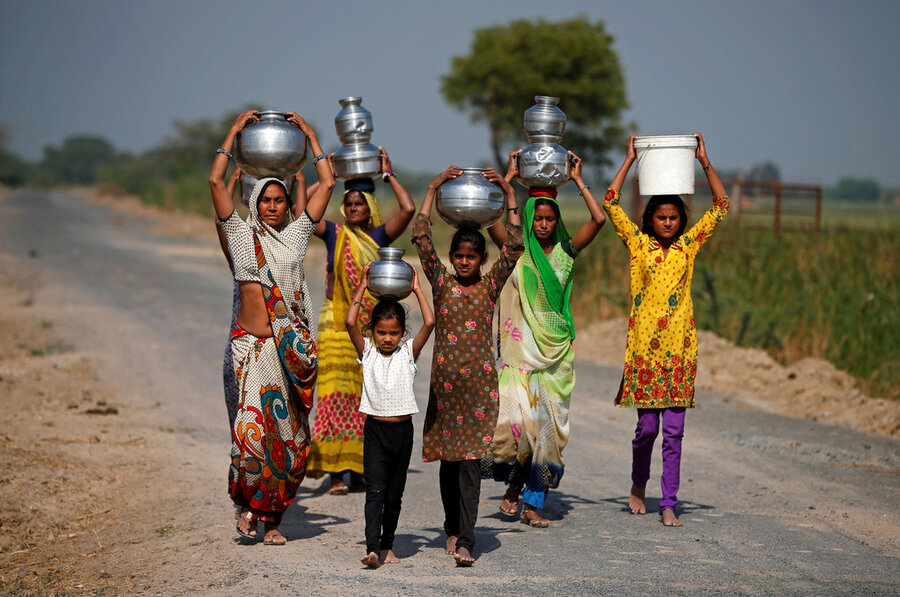India links women’s safety and economic growth
India reached a globe-shaking threshold this year. Its economy is now growing at a faster clip than China’s. That might be a source of pride for the country and its prime minister, Narendra Modi. Except it is not.
In its latest economic report, the government stated that India’s future development hinges on how women and girls are treated in society. The “intrinsic values” of gender equality are incontestable, it states. And the economy will keep growing only “if women acquire greater personal agency, assume political power and attain public status, and participate equally in the labor force.”
To make the point, the cover of the annual Economic Survey is colored in pink.
The idea that economic growth requires gender equality goes against a common theory that growth will automatically reduce gender inequality. In a recent study, the International Monetary Fund estimated that India’s gross domestic product would increase 27 percent if women’s participation in the labor force were to reach the same level as men’s.
That goal, however, will first require that India reduce violence against women out of a moral concern, not only for an economic benefit. After a notorious rape-murder of a female student in 2012, the government has made some progress in public safety for women, such as stricter punishment for rapists. And social media campaigns and street protests have awakened people to the problem as well as other social biases against women. According to one poll, more women report feeling safe from physical and emotional violence than a decade ago.
But the economic survey reveals this startling statistic: India has 63 million fewer women than it should have because of a parental preference for boys. Abortion of female fetuses is still too common even though the practice was outlawed in 1994. In addition, India has 21 million girls who are “unwanted” by their families.
A skewed ratio of men to women is now a big economic problem in India. And it creates a gender dynamic that needs correction in favor of women, such as protection from sexual misconduct.
The good news is that the percentage of educated women in India had gone up, from 59.4 percent in 2005-06 to 72.5 percent in 2015-16. And Mr. Modi has pushed a “girls empowerment” at the village level, such as building girls-only toilets at schools. “We have to change our thinking and stop believing that boys are superior to girls,” he says. “We should change our mentality.”
Many of the pro-women movements in India – including the import of the #MeToo campaign – have defined a new freedom for women and girls. The more they spread, the more other restraints in society will be lifted – including restraints on economic growth.





